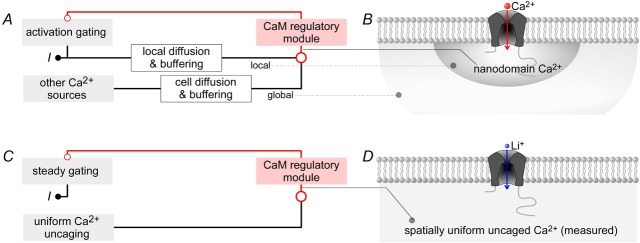Figure 1. Ca2+ sources influencing CaV2.1 opening.

A and B, Ca2+–CaM regulation of channels arises from a superposition of local and global Ca2+ sources. CaV2.1 channels stimulated by a voltage step give rise to Ca2+ current I, which is proportional to channel activation gating. The Ca2+ current, shaped by local diffusion and buffering, creates a local nanodomain Ca2+ signal that feeds into the CaM regulatory module, which bestows feedback modulation on activation gating. Concurrently, Ca2+ from distant channels shaped by cell diffusion and buffering creates a global Ca2+ signal which is also an input into the CaM regulatory module. C and D, simplified scheme employing Li+ as charge carrier. Stimulating CaV2.1 here gives rise to Li+ current I, which is allowed to reach steady state (steady gating) before Ca2+ is uncaged to influence the CaM regulatory module. Importantly, in this system, Ca2+ uncaging generates the only Ca2+ signal, which is spatially uniform and measurable.
